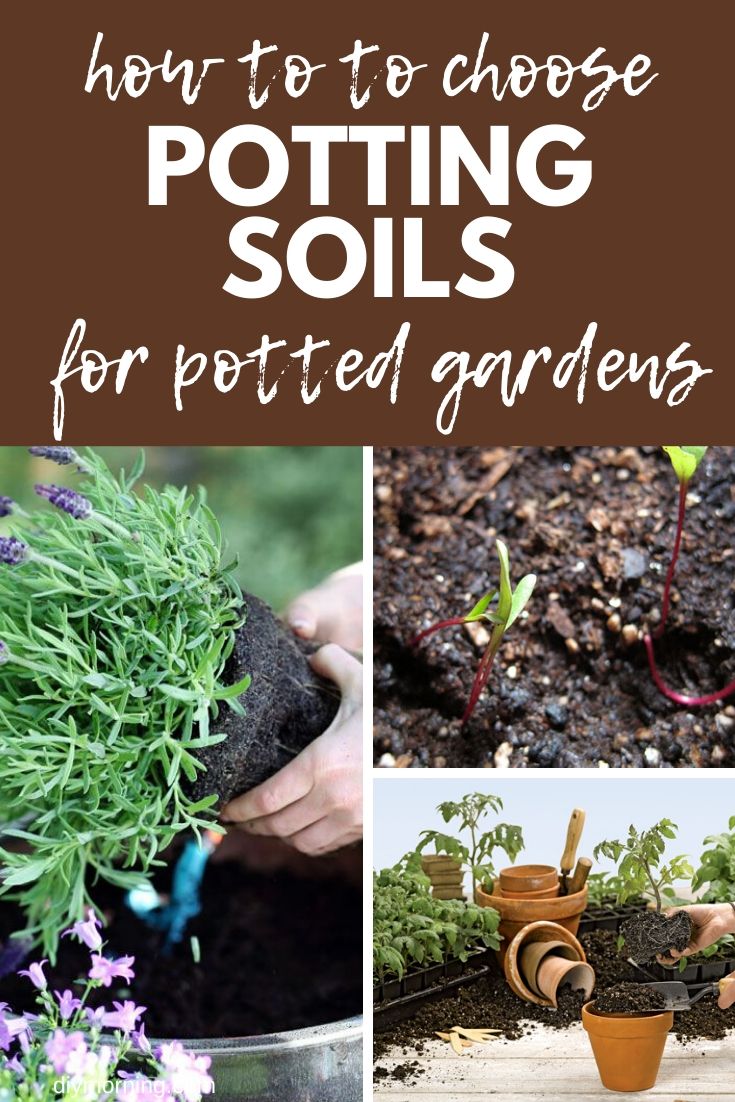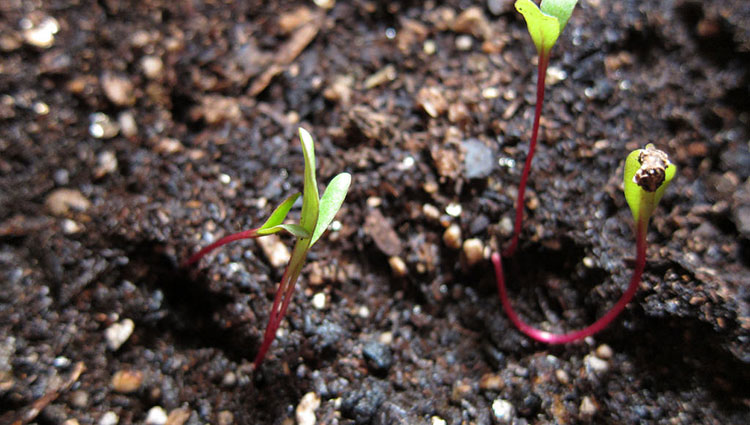Choose the correct potting soil for indoor and outdoor container gardens. Soilless mixes contain added ingredients to improve plant health and garden beauty.
The large variety of potting soils for many types of plants, sold under many brand names, mean gardeners should read labels to learn about the ingredients. There are two basic types of potting soils, soil and soilless mixes.

Potting Soil Ingredients

Packaged potting soil can include ingredients such as common soil, sphagnum peat moss, sharp sand, shredded pine bark, perlite, vermiculite, slow release fertilizers, wetting agents, water-retentive polymers or special root microbes. Exactly what is contained in the package will depend on the brand, targeted plant use, and quality level. A gardener should always read the label and ask questions at a trusted garden center, when buying a new product.
Never choose packaged soil labeled topsoil or compost. Never dig up soil from a garden for container plants. Topsoil and compost are not made for container gardening and will give a gardener poor results. Soil dug up from a garden may contain weed seeds, insects or fungal disease. Garden soil, topsoil or compost is not sterilized for indoor container gardens.
The type of plants and location of the container garden will narrow the choices of potting soil. Indoor gardens and most tropical houseplants will tolerate a general potting soil. But plants such as cacti, bromeliads, ferns and African violets require specialized soil to grow well. Look for packaged potting soil marked for these and other specific plant groups.
Some container garden locations require adjusting to a lighter mix of potting soil to reduce the pot’s weight. Places such as roof top gardens, balconies, or decks or large heavy containers that will be moved might require a soilless potting mix. Soilless potting mix is, also, helpful to gardeners with mobility concerns. It is much easier to carry a large bag of soilless potting mix up a flight of stairs than a bag filled with common soil.
Soil Less Mixes
Most soilless potting mixes contain Canadian sphagnum peat moss. Some mixes use shredded pine bark because it does not decompose as quickly. Perlite is a very lightweight planting medium found in most potting mixes because it improves aeration. Many gardeners use perlite to start seeds because it encourages strong root development.
Container gardens planted with soilless mix will dry out more quickly, and therefore will benefit from adding a water-retentive polymer to the mix. Today, many soilless potting mixes are prepackaged with this additive.
In addition, a time-release fertilizer may be added. In container gardens the soil’s nutrients are washed out every time the plants are watered. For plants in an outside container garden, during the heat or wind of summer, watering will be required more often. A time-release fertilizer is an excellent investment for most container gardens and can be used in garden beds, as well.
Homemade Potting Soil Mix

Container gardeners who wish to make a homemade potting mix start with the basic recipe. It contains 1/3 common sterilized soil, 1/3 peat moss and 1/3 perlite. This recipe can be adjusted for special plant collections or site needs. Many gardeners keep a container of the basic mix on hand, and add basic ingredients or amendments as needed.





